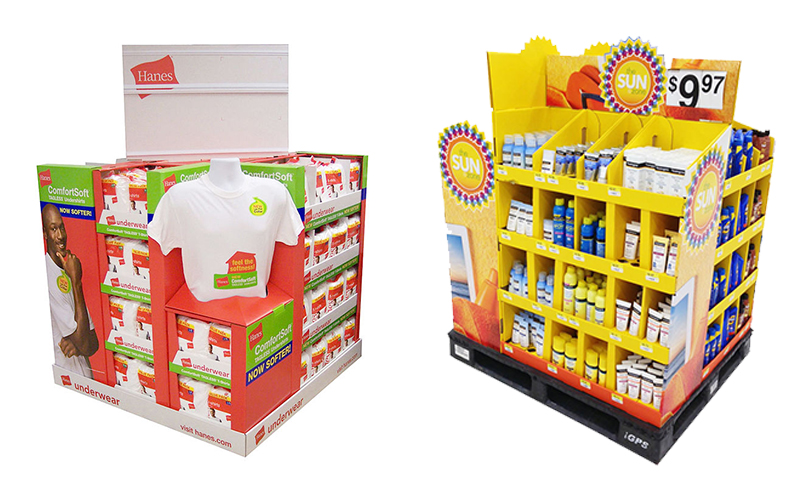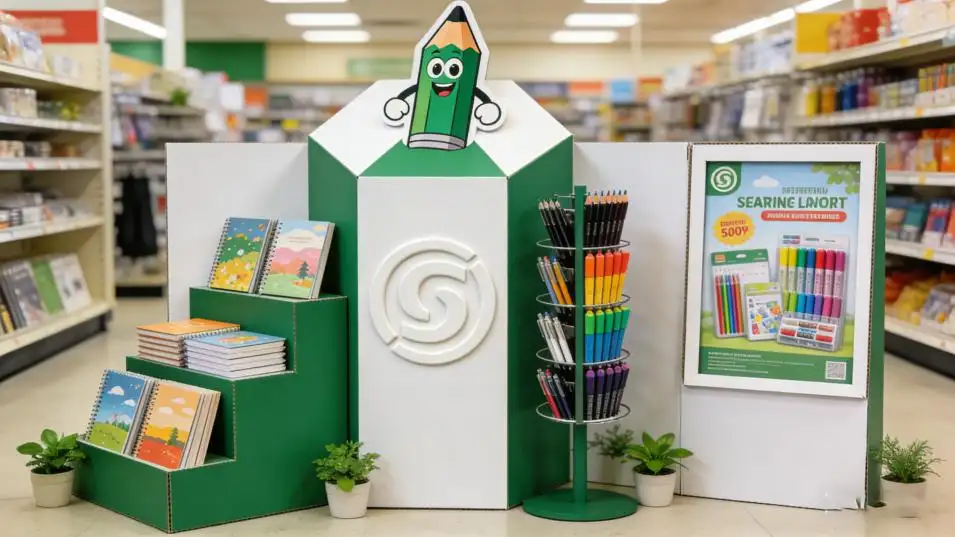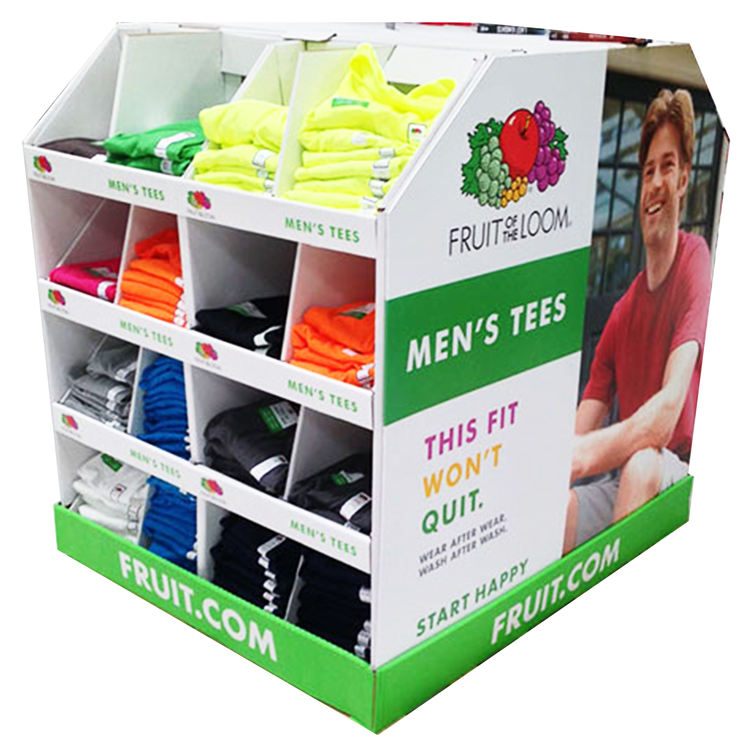Struggling to get noticed in crowded stores? Your product blends in, and your brand message is lost. Cardboard POP displays can grab attention and make your brand unforgettable.
Cardboard POP displays boost brand awareness by creating a "store-within-a-store" experience. They use custom shapes, vibrant colors, and strategic placement to capture shopper attention and communicate your brand's unique story right at the point of purchase, turning passersby into customers.
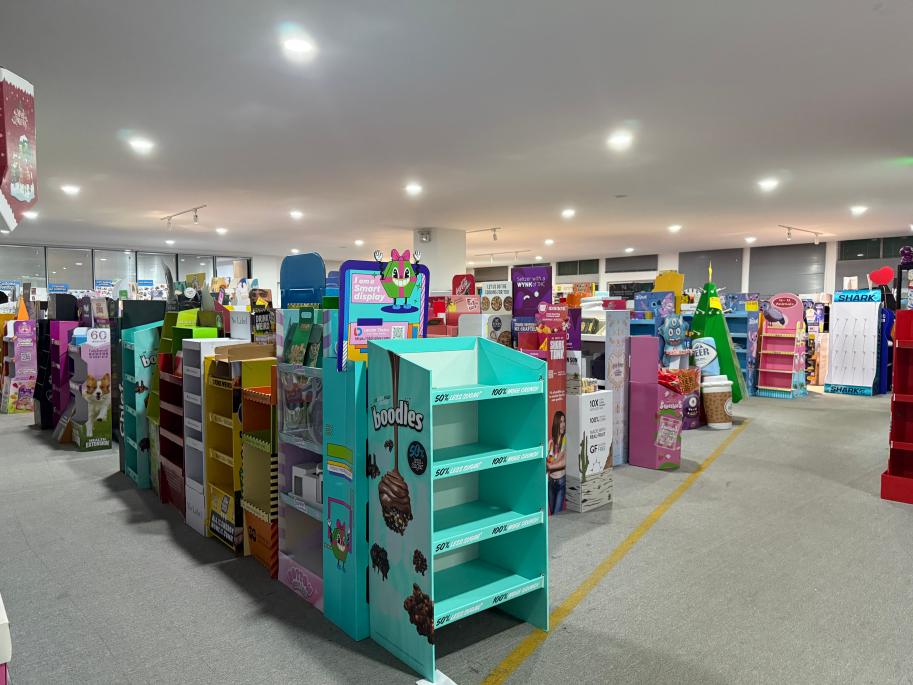
This might sound simple, but the effect is powerful. Over my 16 years in this industry, I've seen brands go from unknown to unforgettable using these displays. It’s not just about holding products; it’s about building a connection with the shopper. It’s a silent salesperson that works 24/7. Let me show you exactly how this secret power works and how you can use it for your own brand.
How Do Custom Designs Make Your POP Displays More Effective?
Generic displays make your product look ordinary. You're missing a chance to tell your story. Custom designs create a unique visual identity that grabs attention and connects with customers.
Custom designs are more effective because they align perfectly with your product's shape, size, and brand identity. This creates a cohesive and memorable visual experience, distinguishing your brand from competitors on a crowded shelf and encouraging a direct customer interaction.

I’ve worked with many talented designers like Peter over the years, and our best projects always start with a deep dive into the brand's essence. A custom design is more than a container; it's a piece of strategic communication. We consider how a customer walks down an aisle and what makes them stop. The goal is to interrupt their routine with something visually surprising and engaging. This is where the magic of custom design truly shines.
From Sketch to Store Shelf
A custom design brings a brand's story to life. It starts with an idea, often a simple sketch, and we use tools like CAD to build it into a 3D reality. We think about the customer's journey. Will a unique shape catch their eye? Can we build a display that looks like the product itself? For a honey brand, we once designed a display shaped like a giant honeycomb. It was an instant hit because it was unexpected and immediately communicated the product's natural origins.
The Impact of Graphics and Messaging
The structure is the skeleton, but the graphics are the personality. A well-designed display uses graphics to do three things: grab attention, inform, and persuade. We carefully place the brand logo, use colors that reflect the brand's identity, and craft short, powerful messages. The key is to make it all digestible in a few seconds.
| Design Element | Strategic Purpose | Example |
|---|---|---|
| Unique Shape | Creates visual disruption and curiosity. | A surfboard-shaped display for a sunscreen brand. |
| Bold Colors | Evokes emotion and improves brand recall. | Using vibrant, fresh green for an organic snack brand. |
| Clear Messaging | Quickly communicates the value proposition. | "100% Recycled" printed clearly on an eco-friendly product display. |
Can Eco-Friendly Materials Also Improve Your Brand Image?
Many brands worry that sustainable choices mean sacrificing quality or increasing costs. They fear green materials won't be strong or visually appealing. But choosing eco-friendly displays can actually strengthen your brand.
Yes, using eco-friendly materials like recycled cardboard and soy-based inks significantly improves brand image. It shows customers you care about corporate social responsibility, which builds trust and appeals to the growing number of environmentally conscious consumers.
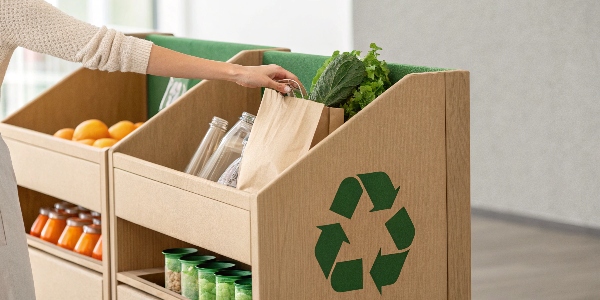
Today, customers aren't just buying a product; they're buying into a brand's values. I remember a client who was hesitant to switch to 100% recycled materials for their displays. They worried the cardboard wouldn't look as premium. We created a prototype using a high-quality recycled board with a clean, matte finish. Not only did it look fantastic, but they made "sustainably displayed" a key part of their marketing campaign. Their sales increased, and they received amazing feedback from customers who appreciated their commitment to the planet. This choice became a new pillar of their brand identity.
The Value of Sustainable Storytelling
Choosing sustainable materials gives you a powerful story to tell. It’s a tangible way to demonstrate your brand's commitment to more than just profit. When a customer sees a display made from recycled materials, it sends an immediate message. You can reinforce this by adding a small symbol or a line of text, like "This display is 100% recyclable." This small detail can be the deciding factor for a shopper choosing between your product and a competitor's. It aligns your brand with positive values, and in today's market, values drive sales.
Balancing Cost, Quality, and Sustainability
A common question I get from designers is about the trade-offs. They worry sustainable materials are either too expensive or not strong enough. While some specialty eco-materials can be pricey, standard recycled cardboard is often very cost-effective. The key is smart design. At Lddisplay, we use advanced structural design techniques to ensure our eco-friendly displays are just as durable as those made from virgin materials. We focus on creating efficient structures that use less material without sacrificing strength, which helps keep costs down and minimizes environmental impact. It's a win-win.
How Do You Ensure Structural Integrity with Complex Designs?
A designer creates a stunning, complex display concept, but you worry it will collapse under the weight of the products. This fear of failure can stifle creativity and lead to boring, blocky displays.
You ensure structural integrity by combining smart design principles with material knowledge. This involves using support structures like internal grids, choosing the right cardboard flute and thickness, and creating prototypes for rigorous weight testing before mass production.
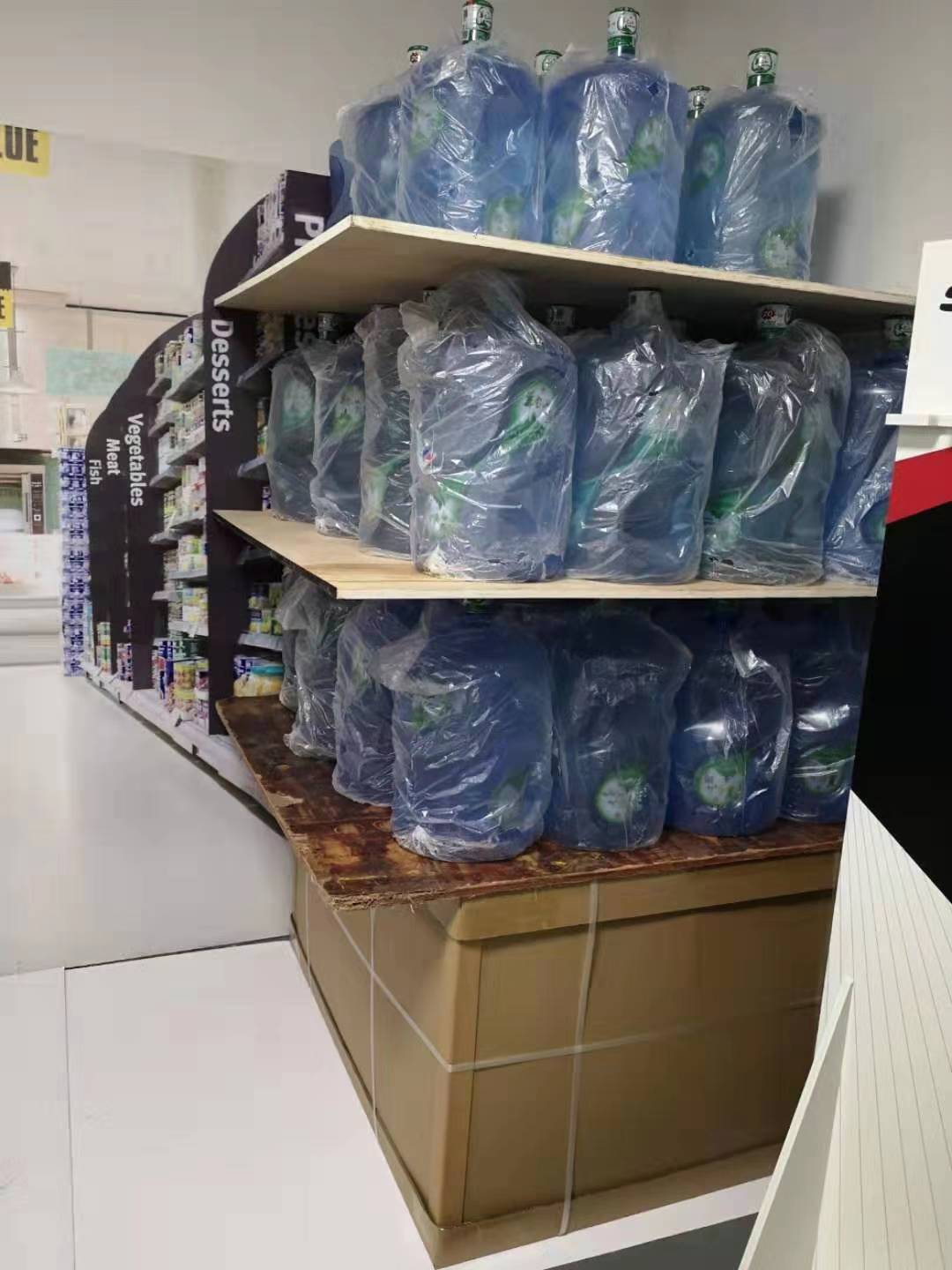
This is a challenge I’ve helped designers solve for 16 years. I once worked on a project for a beverage company that wanted a tall, twisting display to mimic a vortex. It looked impossible. But by engineering a central support column and using a cross-hatching internal structure made from double-wall cardboard, we made it happen. The final display was not only stable but also a major talking point in stores. The secret is that the most creative designs are always supported by solid engineering principles. It's about building from the inside out.
The Unseen Engineering
The strength of a cardboard display comes from its internal structure. Think of it like the frame of a house—you don't see it, but it holds everything up. For complex designs, we use several techniques to add stability.
- Internal Reinforcements: We design hidden grids, partitions, or support columns inside the display. These distribute weight evenly and prevent shelves from sagging or the main body from twisting.
- Load-Bearing Shelves: Shelves are often the weakest point. We reinforce them with double-layered cardboard, support lips on the front, or clips that lock into the back panel.
Choosing the Right Materials
Not all cardboard is the same. The type of paper, the style of the wave-like "flute" in the middle, and the number of layers all determine its strength.
| Cardboard Type | Best Use Case | Key Benefit |
|---|---|---|
| B-Flute | Lightweight products, high-quality printing. | Smooth surface for graphics. |
| C-Flute | General purpose, stacking strength. | Good all-around durability. |
| E-Flute | Small boxes, die-cut designs. | Thin profile, allows for fine detail. |
| BC/EB Flute (Double Wall) | Heavy items, floor displays. | Maximum strength and stability. |
By selecting the right flute for each part of the display, we can optimize for both strength and cost. For example, we might use a strong BC-flute for the base and shelves, but a sleek E-flute for a decorative header. This intelligent combination is key to realizing ambitious designs.
Conclusion
In short, custom cardboard POP displays are a secret weapon for boosting brand awareness. They grab attention, tell your story, and build a connection right at the point of sale.


